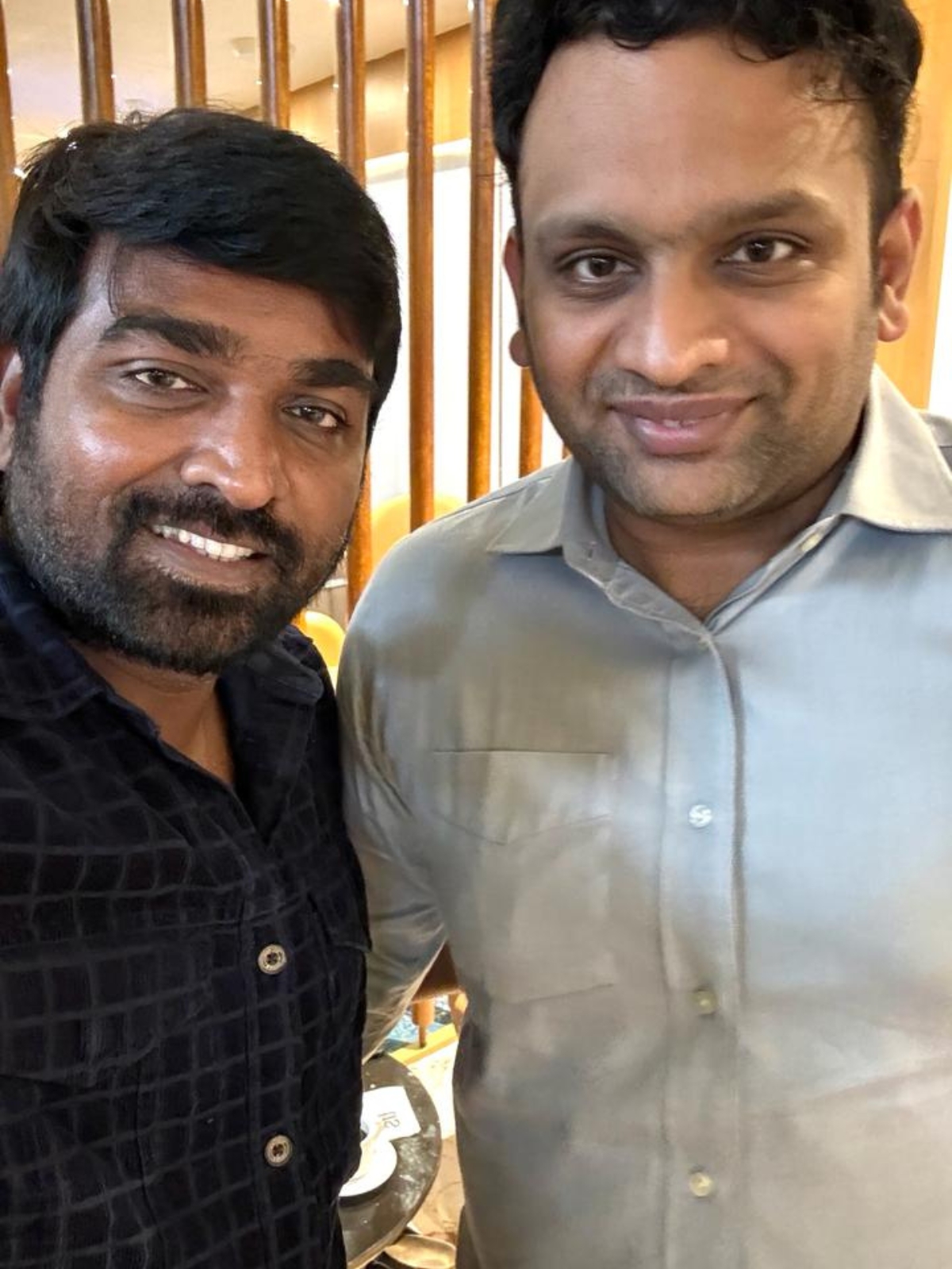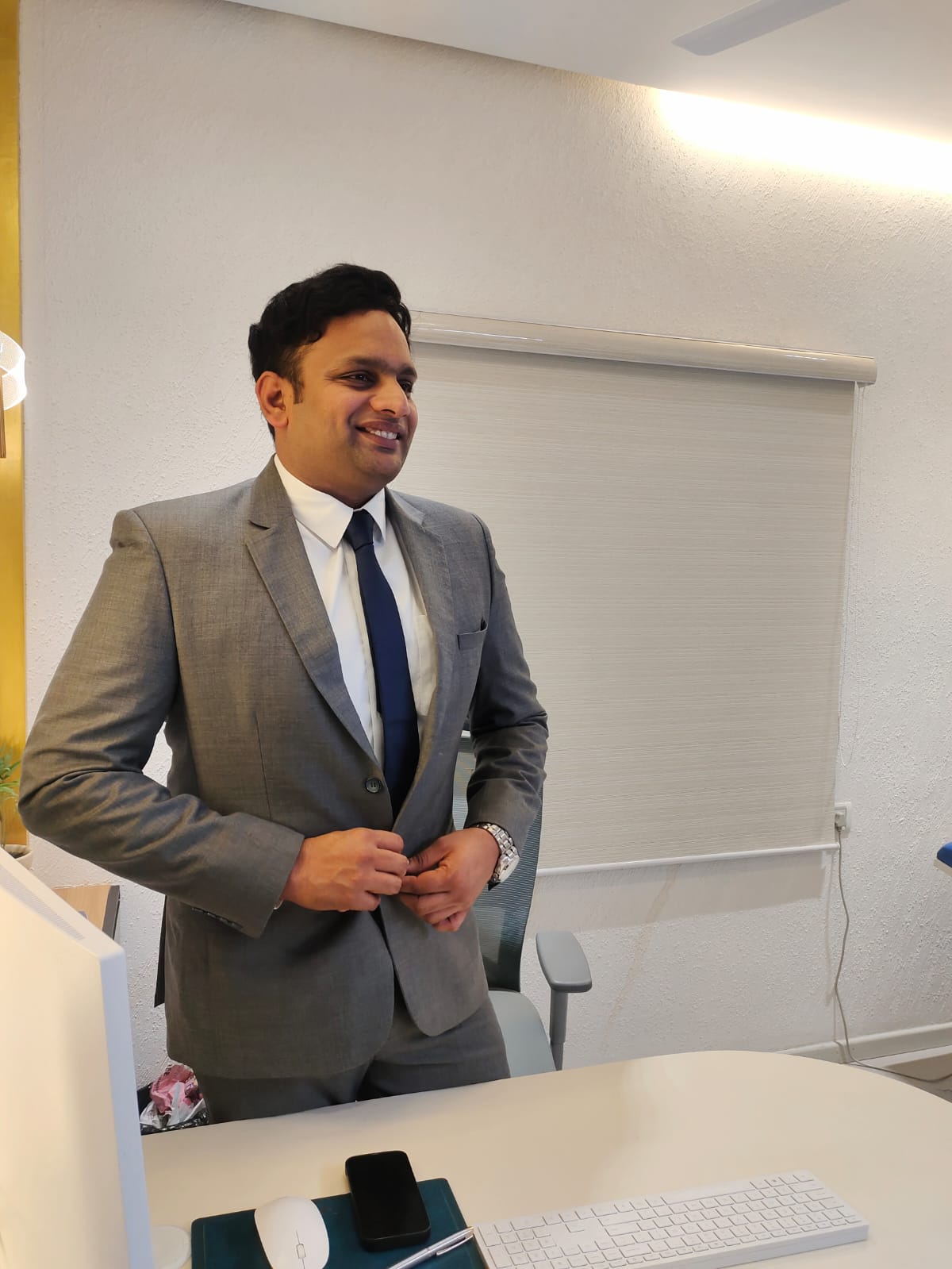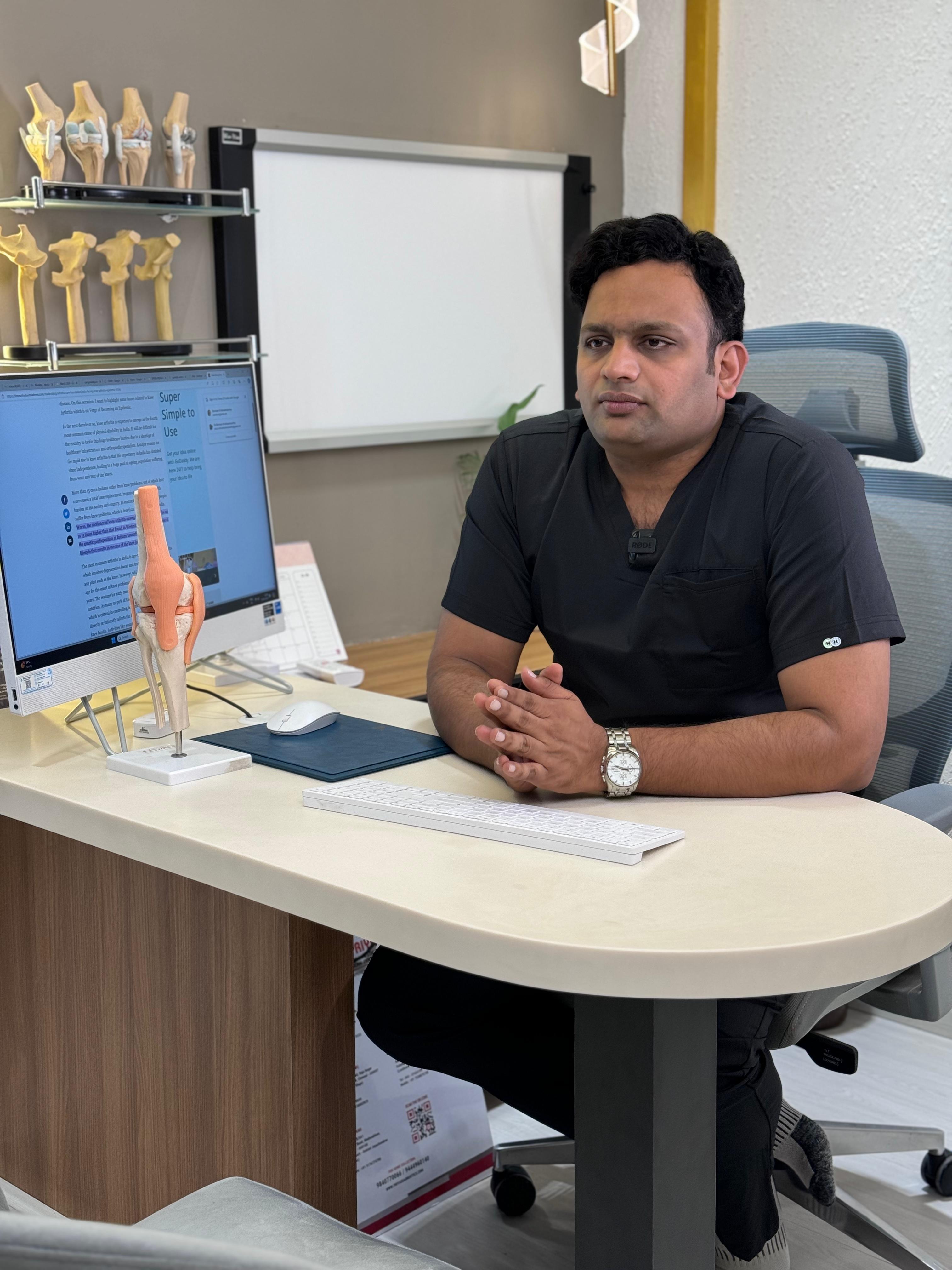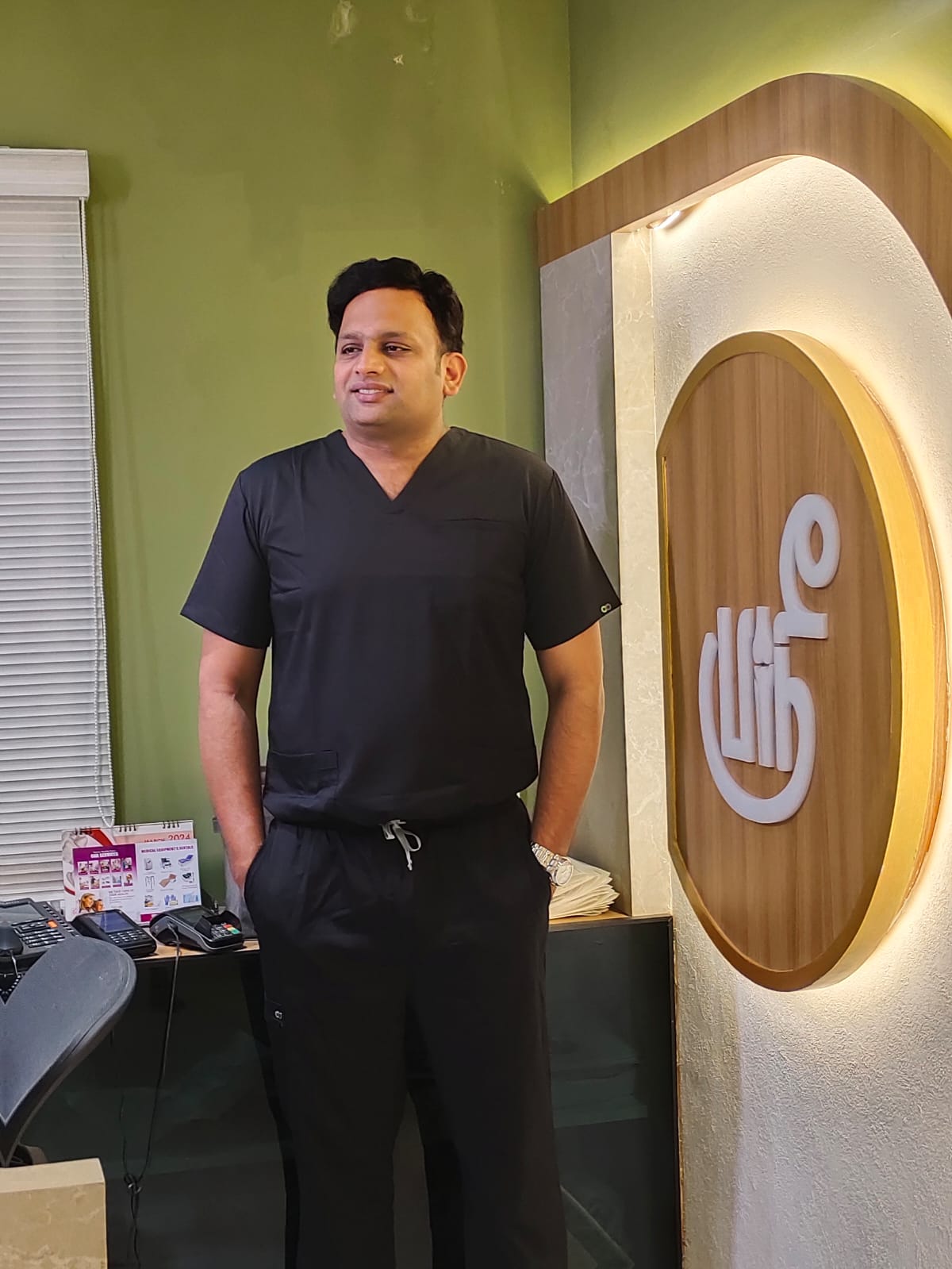What is the Calcaneus?
The calcaneus, commonly known as the heel bone, is the large bone forming the foundation of the rear part of the foot. It’s one of the tarsal bones located near the ankle and plays a crucial role in weight-bearing and stability during movement. As the largest bone in the foot, it serves as a lever for the calf muscles, attaching to the Achilles tendon at the back. The calcaneus also articulates with the talus and cuboid bones, facilitating foot flexion and extension. It’s essential for walking and running, absorbing the impact with each step.
Understanding Calcaneus Fractures
Calcaneus fractures, or heel bone fractures, typically occur from high-energy impacts like falls or car accidents, leading to the heel bone crushing under the body’s weight. These fractures can cause the heel to widen, shorten, and deform, resulting in severe pain and disability. The severity of a calcaneus fracture depends on factors such as the number of fractures, the displacement of bone fragments, and damage to the subtalar joint’s articular cartilage. Treatment aims to reconstruct the heel’s normal anatomy and restore mobility, but even with surgery, some patients may face long-term issues like chronic pain, swelling, arthritis, and difficulty returning to labour-intensive jobs.
Non-surgical treatment for calcaneus fractures includes rest, ice, elevation, and compression, and patients are advised to avoid weight-bearing on foot for 10-12 weeks to allow proper healing. Treatment may involve casting without weight bearing for about eight weeks in cases where the bones remain aligned. However, if the bones are misaligned, surgery is generally required to realign them for better outcomes, and this surgery may be delayed a few days as long as the skin remains intact. Post-treatment, physical therapy exercises are crucial for recovery.
Causes
Calcaneus fractures are typically caused by high-energy trauma, such as falls from significant heights or car accidents, where the heel bone is crushed under the body’s weight. They can also occur due to repetitive forces and motions, particularly in athletes like long-distance runners, which may lead to stress fractures. Additionally, weakened bones from conditions like osteoporosis can increase the risk of sustaining a calcaneus fracture. These fractures are severe and can lead to long-term complications, making understanding their causes crucial for prevention and appropriate treatment.
Risk Factors
Calcaneus fractures, often resulting from high-energy trauma, carry significant risks that can impact long-term foot function and quality of life. The immediate risks include severe pain, swelling, and the potential for an open fracture, which increases the chance of infection. Long-term complications may involve chronic pain, arthritis, and a reduced range of motion in the subtalar joint, affecting the foot’s ability to invert and ever.
Patients may also experience difficulty walking or standing for extended periods, and due to the fracture’s location and the foot’s soft tissue structure, complications like wound healing problems can develop. Additionally, individuals with calcaneus fractures are at risk for secondary injuries, such as back injuries, due to altered gait patterns. These risks underscore the importance of proper management and rehabilitation following a calcaneus fracture to minimize potential complications and restore function.
Symptoms of Calcaneus Fractures
Symptoms of calcaneus fractures include intense pain, bruising, and swelling in the heel area. Patients often experience a heel deformity, such as widening, and find it difficult or impossible to bear weight on the affected foot or walk. There may also be tenderness to the touch and, in some cases, a cracking sound at the time of injury. Visible changes to the shape of the heel and numbness can also be indicators of a calcaneus fracture. These symptoms necessitate prompt medical attention to assess the injury’s severity and determine the appropriate course of treatment.
Diagnosis
The diagnosis of calcaneus fractures typically involves a physical examination followed by imaging studies. X-rays are the initial step to assess the extent of the fracture, and a CT scan is often required for detailed visualization and surgical planning. In some cases, an MRI may be used to distinguish a calcaneus fracture from other conditions like plantar fasciitis. These diagnostic tools help in determining the exact nature of the fracture, such as whether it’s intra-articular or extra-articular, and guide the appropriate treatment approach. Accurate diagnosis is crucial for successful management and recovery from a calcaneus fracture.
Treatment Options
Treatment options for calcaneus fractures depend on the severity and type of the fracture. Nonoperative treatment may be considered for non-displaced or minimally displaced fractures and typically includes rest, ice, compression, and elevation (RICE), along with immobilization in a cast or splint to allow the bone to heal naturally. Physical therapy may also be recommended to restore strength and mobility once the bone has sufficiently healed.
For more severe fractures, particularly those involving displacement or damage to the subtalar joint, surgical intervention is often required. Surgery aims to realign the bone fragments, restore the standard shape of the heel, and stabilize the fracture, usually with plates and screws. Post-surgical rehabilitation is crucial and includes physical therapy to regain function and mobility. The specific treatment plan should be tailored to the individual patient, considering factors such as the patient’s overall health, activity level, and the specifics of the fracture.
Surgical Treatments
Surgical treatment for calcaneus fractures is generally reserved for displaced fractures or those involving joint surfaces. The surgery involves making an incision to access the fracture, realigning the bone fragments, and securing them with metal plates and screws to restore the heel’s shape and function. The surgeon aims to reconstruct the joint surface accurately to minimize the risk of post-traumatic arthritis. Postoperative care includes pain management, preventing infection, and physical therapy to regain mobility and strength. The recovery period varies, but patients are often advised to avoid weight-bearing on the affected foot for several weeks to months.
Non-Surgical Treatments
Non-surgical treatment for calcaneus fractures typically includes a period of immobilization with a cast or splint and non-weight bearing for about 10-12 weeks to allow the bone to heal naturally. This is often accompanied by rest, icing, compression, and elevation (RICE) to reduce pain and swelling. After the initial healing phase, physical therapy may be recommended to restore strength and mobility in the foot. These non-operative methods are generally suitable for non-displaced or minimally displaced fractures. It’s essential for patients to follow their healthcare provider’s instructions closely to ensure proper recovery.
Rehabilitation and Recovery
Rehabilitation and recovery from calcaneus fractures are critical to regaining foot function and mobility. Initially, patients may be immobilized with a non-weight-bearing cast for about two weeks, followed by the introduction of range-of-motion exercises. The focus is on restoring painless locomotion, and mobilization typically starts before weight-bearing activities. The duration of non-weight-bearing varies based on the injury’s severity and the treatment approach. Weight-bearing is gradually introduced to minimize complications like reflex sympathetic dystrophy syndrome and osteopenia.
Post-Treatment Care
Post-treatment care for calcaneus fractures is essential to ensure proper healing and recovery. After surgery, patients are typically immobilized in a cast for 6-8 weeks and advised to avoid weight-bearing until the fracture heals, which can take three or more months. Pain management may include medications, and physical therapy is often prescribed to help with motion and weight-bearing once the bone heals. The focus is on reducing swelling, preventing infection, and gradually restoring strength and range of motion to the affected foot. Following the healthcare provider’s guidelines during this period is crucial for a successful recovery.
Expected Recovery Timeline
The recovery timeline for calcaneus bone fracture treatment can extend from a few months to a year or more, especially for severe injuries. Most people return to normal daily activities, excluding sports, within 3 to 4 months post-injury. However, complete recovery from severe fractures can take up to 1 to 2 years. Unfortunately, regular foot and ankle motion is rarely fully regained after a severe fracture, and some individuals may not return to their pre-injury level of function. Rehabilitation programs should be tailored to each patient’s needs to ensure the best outcomes and a triumphant return to activity and work.
Tips for Preventing Re-injury
To prevent re-injury of calcaneus fractures, it’s important to gradually reintroduce weight-bearing activities and maintain a slow and safe progression to avoid complications. Ensuring adequate calcium and vitamin D intake is crucial for bone strength, with foods like dairy products, leafy greens, and tofu being excellent sources. Using night lights can help prevent accidents in the dark, and keeping your home free of clutter reduces the risk of falls. For athletes, sticking to well-groomed, coarse paths for running and exercising can minimize slipping, and using a safety harness when climbing can provide additional protection. Following these tips, along with adhering to the rehabilitation protocol prescribed by healthcare professionals, can significantly reduce the chances of re-injury.
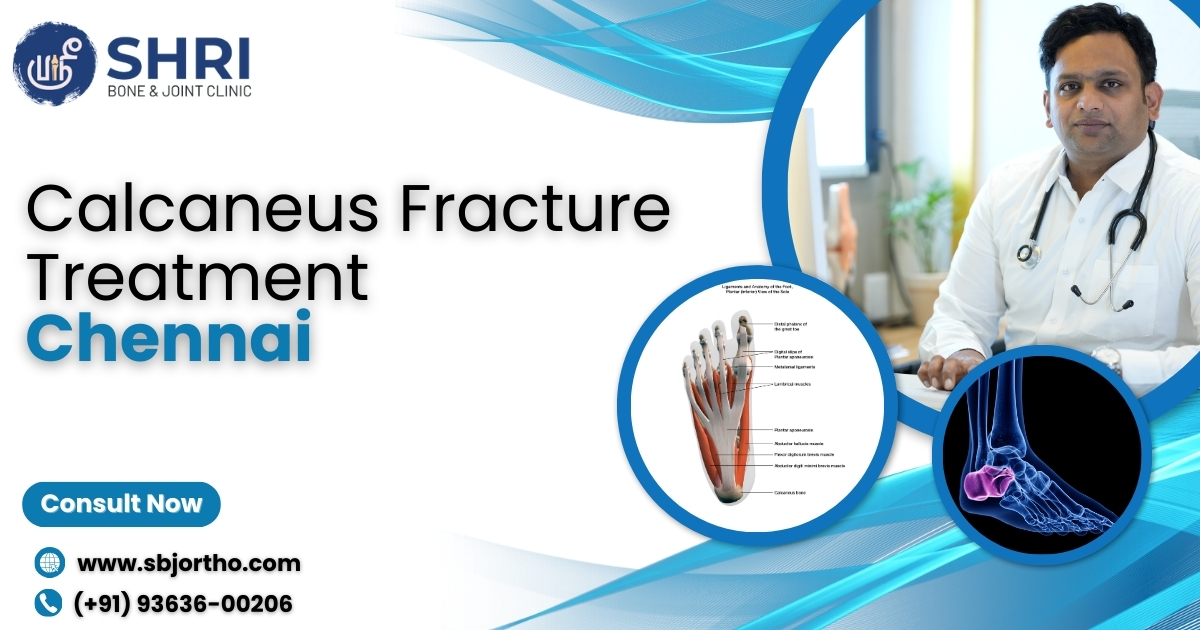
Why Choose Shri Bone & Joint Clinic for Calcaneus Bone Fracture Treatment in Chennai, India?
Shri Bone & Joint Clinic in Chennai, India, is a specialized medical centre dedicated to the treatment of calcaneus bone fractures and various orthopaedic conditions. The clinic is known for its comprehensive approach to patient care, offering a range of services from diagnosis to rehabilitation. With a team of experienced orthopaedic specialists in Chennai, surgeons and healthcare professionals, the clinic utilizes the latest medical techniques and technologies to ensure optimal outcomes for patients with heel bone injuries.
The clinic provides personalized treatment plans tailored to the individual needs of each patient. For those with calcaneus fractures, this may include non-surgical options such as immobilization and physical therapy or surgical interventions to realign and stabilize the bone. The clinic’s surgeons are skilled in performing complex reconstructive procedures, and the supportive staff ensures that patients receive the necessary post-operative care and guidance for a smooth recovery. The clinic also specializes in ankle pain treatment and knee pain treatment in Chennai.
Post-treatment, Shri Bone & Joint Clinic emphasizes the importance of rehabilitation to restore the function and strength of the injured foot. The clinic’s rehabilitation program includes physiotherapy, customized exercise regimens, and patient education to prevent future injuries. Patients benefit from the clinic’s holistic approach, which not only addresses the immediate injury but also focuses on long-term health and mobility, helping individuals return to their daily activities with confidence.
Best Doctor for Calcaneus Fracture in Chennai, India
Dr Shriram Krishnamurthy is a well-regarded orthopaedic surgeon based in Chennai, India, who treats calcaneus fractures. He specializes in joint replacement surgery and sports injuries. With over a decade of experience, Dr. Krishnamurthy is known for his expertise in complex fracture management and arthroscopy. He is associated with MGM Healthcare in Chennai, where he provides comprehensive care, including diagnosis, surgical treatment, and post-operative rehabilitation for patients with calcaneus fractures.
Patients appreciate Dr Shriram Krishnamurthy for his approachable demeanour and his commitment to explaining health issues and treatment options thoroughly. His focus on patient education and his procedural approach to diagnosing and treating orthopaedic conditions make him a trusted choice for those seeking treatment for calcaneus fractures. The positive feedback from his patients highlights his dedication to providing quality care and support throughout the treatment and recovery process.
Cost of Calcaneus Bone Fracture Treatment in Chennai, India
The cost of treating a calcaneus bone fracture in Chennai, India, can vary depending on the complexity of the fracture and the type of treatment required. On average, the cost for fracture treatment in Chennai starts from ₹1,20,000, with the average price being around ₹1,50,000 and can go up to ₹1,80,000. These costs typically cover the surgical procedure and hospital stay and may include post-operative care. However, prices can fluctuate based on the hospital’s facilities, the surgeon’s expertise, and the specific needs of the patient’s condition. It’s advisable to consult with healthcare providers for the most accurate and current pricing.
Can you walk on a fractured calcaneus?
Walking on a fractured calcaneus is typically not advised as it can impede healing and cause further damage. For minor fractures, a protective boot may allow limited walking, but for more severe fractures, non-weight bearing with crutches is usually necessary for 6-8 weeks. Always consult a healthcare professional for guidance tailored to the specific fracture and individual health circumstances.
How long does a calcaneus fracture take to heal?
The healing time for a calcaneus fracture typically ranges from 8 to 12 weeks for the bone to heal, with non-weight bearing recommended during this period. Full recovery, including the ability to return to normal activities, can take several months to a year or more.
How serious is a calcaneal fracture?
Calcaneal fractures are serious injuries that can result in long-term disability, including chronic pain, arthritis, and loss of motion. The severity depends on the fracture’s complexity, the displacement of bone fragments, and the injury to the subtalar joint and surrounding tissues.
What is the best treatment for calcaneus fracture?
The best treatment for a calcaneus fracture depends on the fracture’s severity and displacement. Non-displaced fractures may be treated with immobilization and physical therapy, while displaced fractures often require surgical intervention to realign the bone fragments and restore the heel’s anatomy. Post-treatment rehabilitation is crucial for recovery regardless of the treatment method.
When is surgery necessary for a calcaneus fracture?
Surgery for a calcaneus fracture is necessary when the heel bone has lost its alignment, mainly if the fracture is displaced or involves joint surfaces. A CT scan is often used to determine the need for surgery to restore the heel’s shape and function.
What are the risks of not treating a calcaneus fracture?
Not treating a calcaneus fracture can lead to long-term complications such as chronic pain, arthritis, and heel deformity. There’s also a risk of malunion, where the bone heals improperly, and subtalar arthrosis, which can severely affect mobility and quality of life. Untreated fractures may result in decreased ankle motion and difficulty walking.
Can a calcaneus fracture heal on its own?
A calcaneus fracture often cannot heal on its own when it’s complex or displaced. However, it can heal on its own if it’s stable with minimal or no displacement. Proper immobilization and avoidance of weight-bearing are crucial to prevent complications and ensure proper healing.
What are the long-term effects of a calcaneus fracture?
Long-term effects of a calcaneus fracture can include subtalar arthritis, chronic pain, and decreased ankle motion, which may lead to walking with a limp. Patients might also experience persistent swelling in the heel and difficulty walking on uneven ground. In some cases, additional surgery or the use of orthotic devices may be necessary to manage these complications.
Better Health Care is Our Mission
Phone
Shri Bone & Joint clinic
#1, 2nd Main Road
Nehru Nagar
Adyar
Chennai - 20.
Phone: 044 3549 0206
MGM Healthcare
No.72,
Nelson Manickam Road,
Collectorate Colony, Aminjikarai,
Chennai - 600029.
Phone: 044 4524 2424



